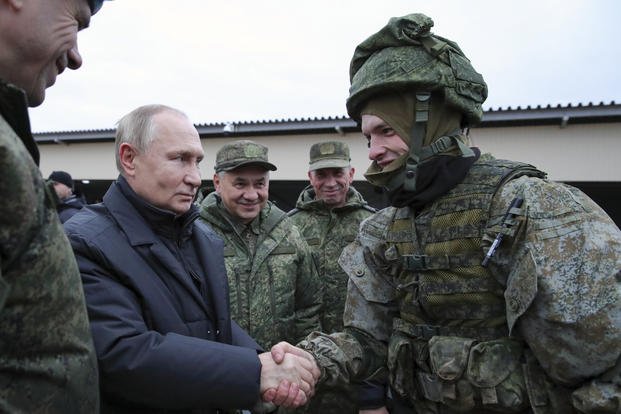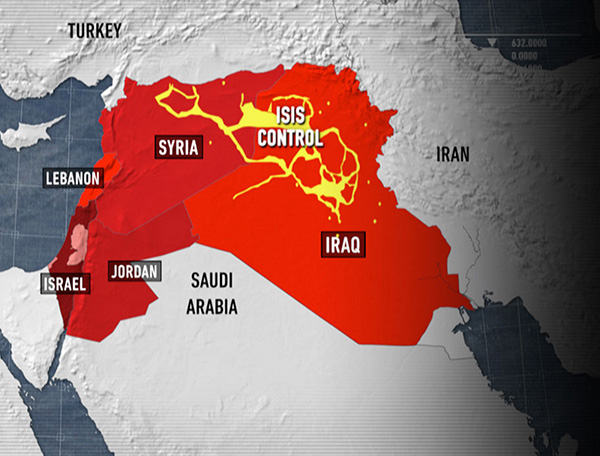The Humanitarian Crisis In Gaza: A Consequence Of Israel's Ongoing Blockade

Table of Contents
H2: The Impact of the Blockade on Essential Goods and Services
The Israeli blockade severely restricts the flow of essential goods and services into Gaza, resulting in widespread shortages and impacting the health and well-being of the population.
H3: Limited Access to Food and Water
The blockade significantly limits the import of essential food items, leading to widespread food insecurity. This restriction impacts nutrition and overall health, particularly among vulnerable populations like children and the elderly.
- Food shortages: Frequent shortages of basic staples like flour, sugar, and cooking oil are common.
- Malnutrition rates: Child malnutrition rates remain alarmingly high, a direct consequence of insufficient food intake.
- Water scarcity: Access to clean and safe drinking water is limited due to restrictions on importing necessary materials for water purification and infrastructure repair.
- Sanitation issues: Inadequate sanitation systems, hampered by power outages and lack of supplies, contribute to the spread of waterborne diseases.
H3: Restrictions on Medical Supplies and Healthcare
The blockade severely restricts the import of essential medicines and medical equipment, creating a critical healthcare crisis. This lack of access directly impacts the health and survival of Gazans.
- Shortages of specific medications: Chronic shortages of vital medications for treating various diseases, including cancer and diabetes, are commonplace.
- Lack of specialized medical care: The lack of advanced medical equipment and trained specialists limits the availability of crucial medical procedures and treatments.
- Difficulty accessing hospitals: Power shortages and damaged infrastructure often impede access to hospitals, even when essential medical supplies are available.
- Impact on infant and maternal mortality: The lack of adequate healthcare contributes to high rates of infant and maternal mortality.
H3: Impact on Electricity and Infrastructure
The restrictions on fuel and electricity imports have resulted in crippling power shortages that significantly affect all aspects of life in Gaza.
- Power shortages: Prolonged and frequent power cuts severely impact hospitals, water purification plants, and sanitation systems.
- Infrastructure damage: The lack of resources for repair and maintenance leads to further deterioration of the already fragile infrastructure.
- Impact on daily life: Power outages disrupt daily life, impacting everything from cooking and refrigeration to communication and education.
- Limited reconstruction efforts: The lack of building materials and equipment hinders reconstruction efforts following past conflicts, further exacerbating the situation.
H2: Economic Consequences of the Blockade
The blockade's impact on the Gazan economy is devastating, leading to widespread unemployment, poverty, and hindering any chance of sustainable development.
H3: Unemployment and Poverty
The restrictions imposed by the blockade have crippled the Gazan economy, resulting in extremely high unemployment rates and widespread poverty.
- Unemployment rate: Unemployment rates in Gaza are among the highest globally, severely impacting the ability of families to meet their basic needs.
- Poverty levels: Poverty levels are exceptionally high, with a significant portion of the population living below the poverty line.
- Impact on families: Many families struggle to provide food, shelter, and education for their children, forcing them into desperate circumstances.
- Limited economic opportunities: The restrictions on trade and movement severely limit economic opportunities and hinder any potential for economic growth.
H3: Restrictions on Trade and Movement
The limitations on imports and exports imposed by the blockade stifle economic development and severely restrict the ability of Gazans to engage in trade and commerce.
- Restricted goods: The list of restricted goods includes essential building materials, agricultural inputs, and fishing equipment.
- Impact on fishing: Restrictions on fishing zones severely limit the ability of Gazan fishermen to earn a living.
- Impact on agriculture: Restrictions on accessing seeds, fertilizers, and other essential agricultural inputs cripple the agricultural sector.
- Impact on small businesses: Small businesses struggle to operate due to restricted access to raw materials, markets, and export opportunities.
H2: The Humanitarian Response and International Efforts
Despite the immense challenges, international aid organizations and the international community continue efforts to alleviate the suffering in Gaza, although their efforts are often insufficient.
H3: Role of International Aid Organizations
Numerous international aid organizations, including UNRWA, play a crucial role in providing humanitarian aid to Gaza. However, their efforts are often hampered by the blockade's restrictions.
- Humanitarian aid: Organizations provide food, medicine, water, and other essential supplies.
- Challenges faced by aid organizations: Accessing Gaza with aid is often difficult and subject to bureaucratic delays and restrictions.
- Limitations of the aid: The amount of aid provided often falls short of the needs of the population.
- Long-term sustainability: Aid is a temporary solution and does not address the root causes of the crisis.
H3: International Calls for an End to the Blockade
Many international bodies and advocacy groups have repeatedly called for an end to the blockade, emphasizing the urgent need for a just and sustainable solution.
- UN resolutions: Numerous UN resolutions have called for lifting the blockade and ensuring the free flow of goods and services.
- Statements from international bodies: Many international organizations have condemned the blockade and its devastating consequences.
- Advocacy groups: Numerous advocacy groups actively campaign to raise awareness and advocate for an end to the blockade.
- Human rights violations: The blockade is widely seen as a violation of international human rights law.
3. Conclusion
The ongoing blockade imposed by Israel on Gaza is unequivocally the primary driver of the severe humanitarian crisis affecting millions of Palestinians. The restrictions on essential goods and services, coupled with the devastating economic consequences, necessitate urgent and sustained humanitarian intervention. The key takeaways are clear: restricted access to necessities, crippling economic hardship, and a desperate need for immediate action.
Learn more about the crisis and take action to help end Israel's ongoing blockade and alleviate the suffering in Gaza. Support organizations working on the ground to provide essential aid and advocate for a just resolution. [Insert links to relevant organizations and resources here]. Ending Israel's ongoing blockade is not merely a humanitarian imperative, it is a moral obligation.

Featured Posts
-
 Putins Victory Day Message Assessing Russias Military Capabilities
May 10, 2025
Putins Victory Day Message Assessing Russias Military Capabilities
May 10, 2025 -
 High Potential The Surprising Choice For The Actor Playing David In Episode 13
May 10, 2025
High Potential The Surprising Choice For The Actor Playing David In Episode 13
May 10, 2025 -
 Greenlands Future Under Us Control Pentagons Proposal And Rising Tensions
May 10, 2025
Greenlands Future Under Us Control Pentagons Proposal And Rising Tensions
May 10, 2025 -
 Vegas Golden Knights Win Game 4 Barbashevs Overtime Heroics
May 10, 2025
Vegas Golden Knights Win Game 4 Barbashevs Overtime Heroics
May 10, 2025 -
 Oilers Vs Sharks Nhl Game Prediction Betting Picks And Odds
May 10, 2025
Oilers Vs Sharks Nhl Game Prediction Betting Picks And Odds
May 10, 2025
